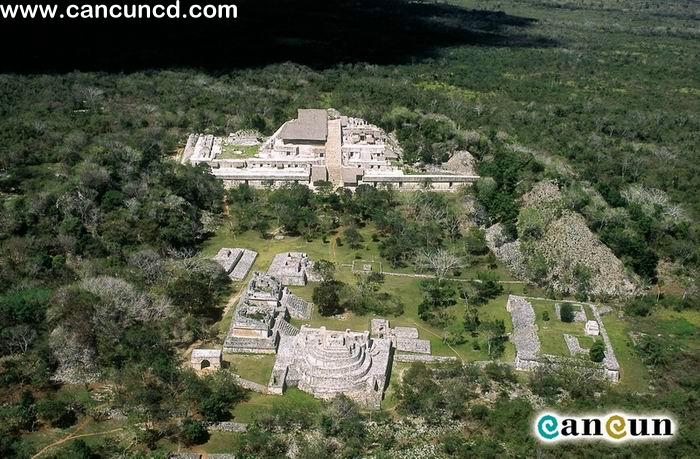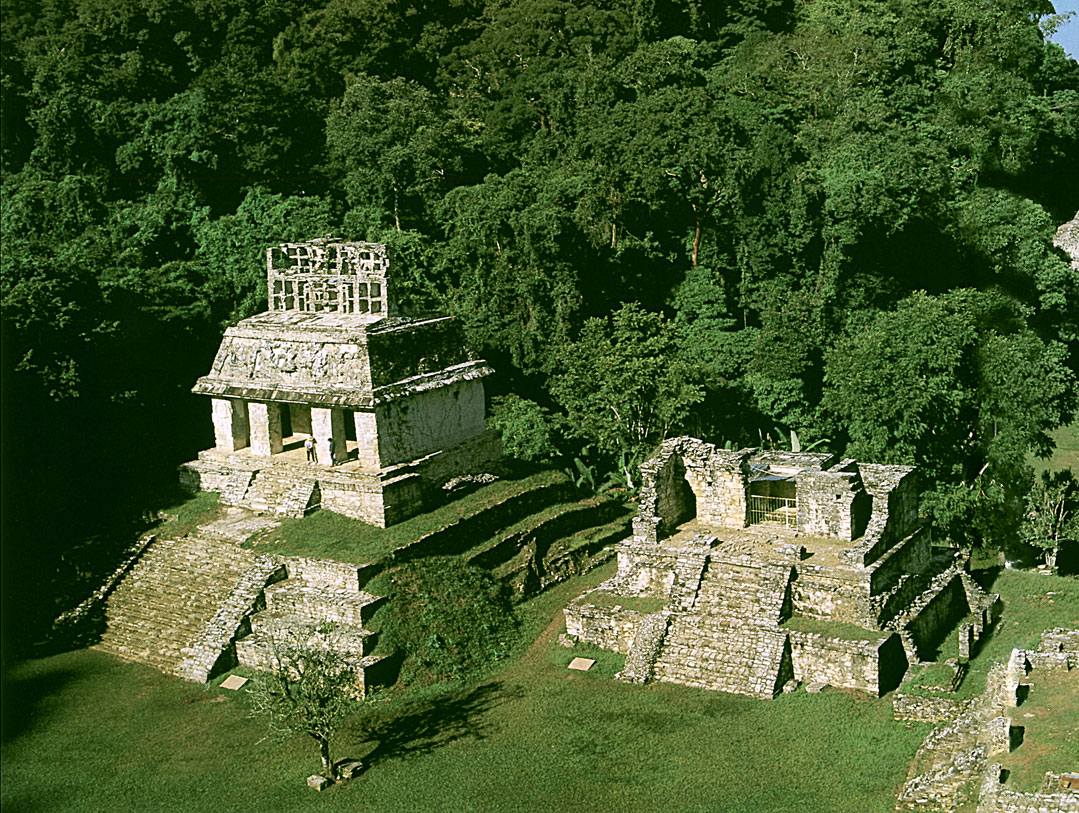 Post Classic Period - 1000 - 1500 AD Growth and Ruin
Post Classic Period - 1000 - 1500 AD Growth and RuinChichen Itza was first populated between 500 and 900 AD by Mayans and for some reason abandoned around 900, the city was then resettled 100 years later and subsequently invaded by Toltecs from the North. There are numerous reliefs of both Mayan gods including Chac and the Toltec gods including Quetzacoatl. For some reason the city was abandoned around 1300. If the Spanish did not make it a policy to kill all of the Mayan priests and burn books when they arrived in Mexico, we would all have a few more answers. After the Classic period, the Maya migrated to the Yucat n peninsula. There they developed their own character, although their accomplishments and artwork are not considered as impressive as the Classic Maya. Most of the ruins you can see South of Cancun are from this time period and are definitely worth a visit. Chichen Itza (near Valladolid), Uxmal (near Merida) and Mayap n (west of Chichen Itza) were the three most important cities during the Post Classic period. They lived in relative peace from around 1000 - 1100 AD when Mayap n overthrew the confederation and ruled for over 200 years. In 1441 the Maya who had previously ruled Uxmal destroyed the city of Mayap n and founded a new city at Mani. Wars were fought between rival Mayan groups over the territory until the region was conquered by the Spanish.

